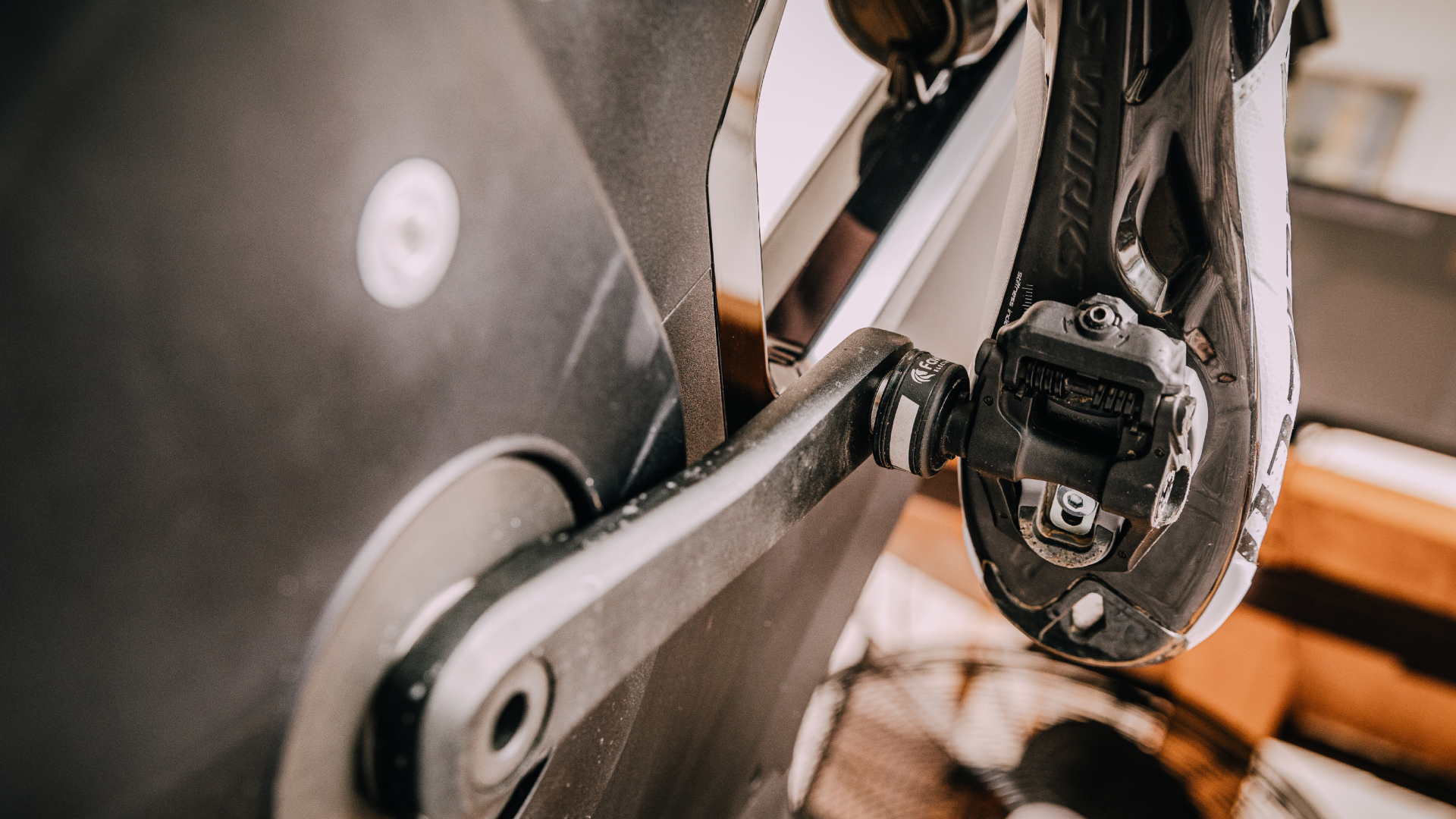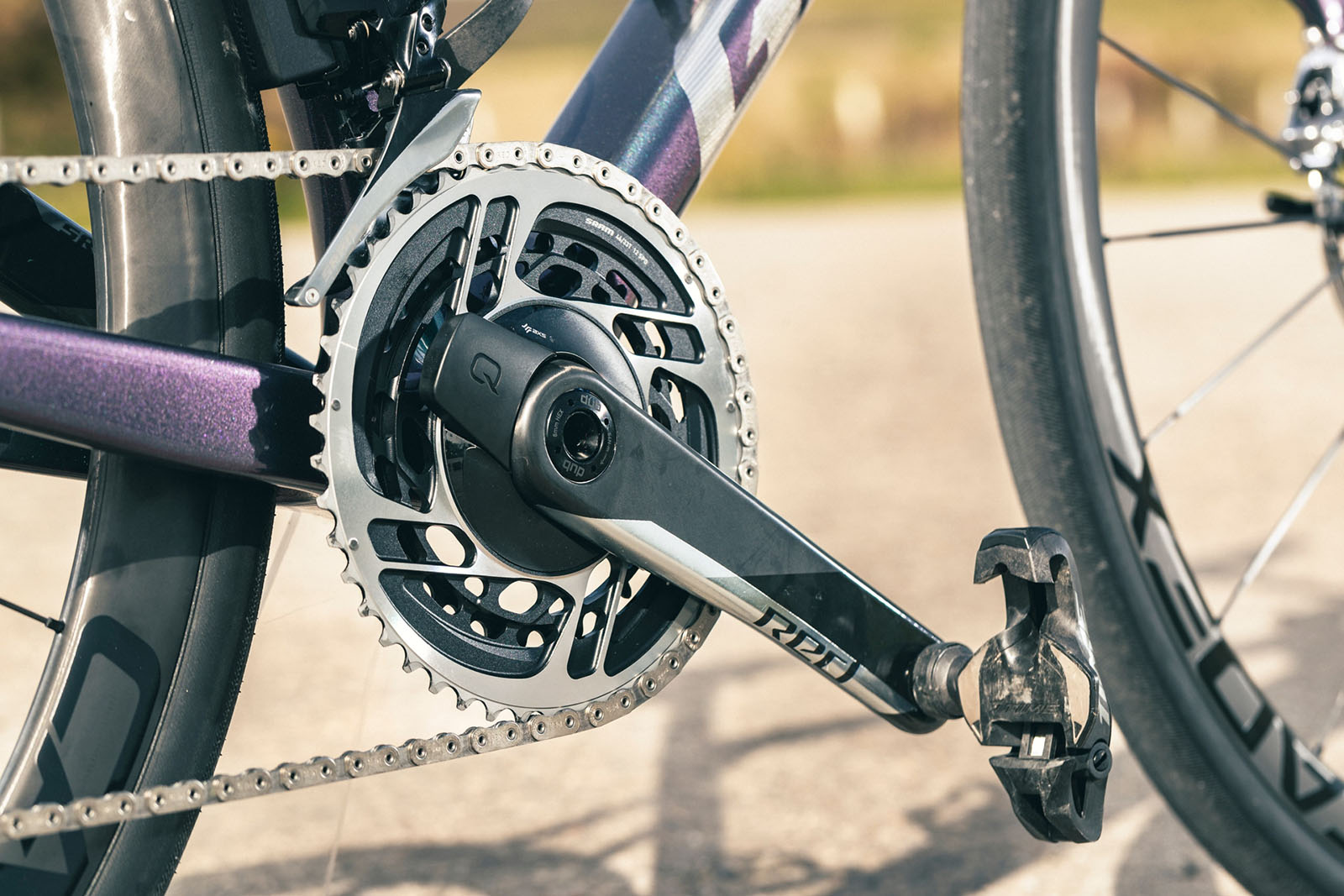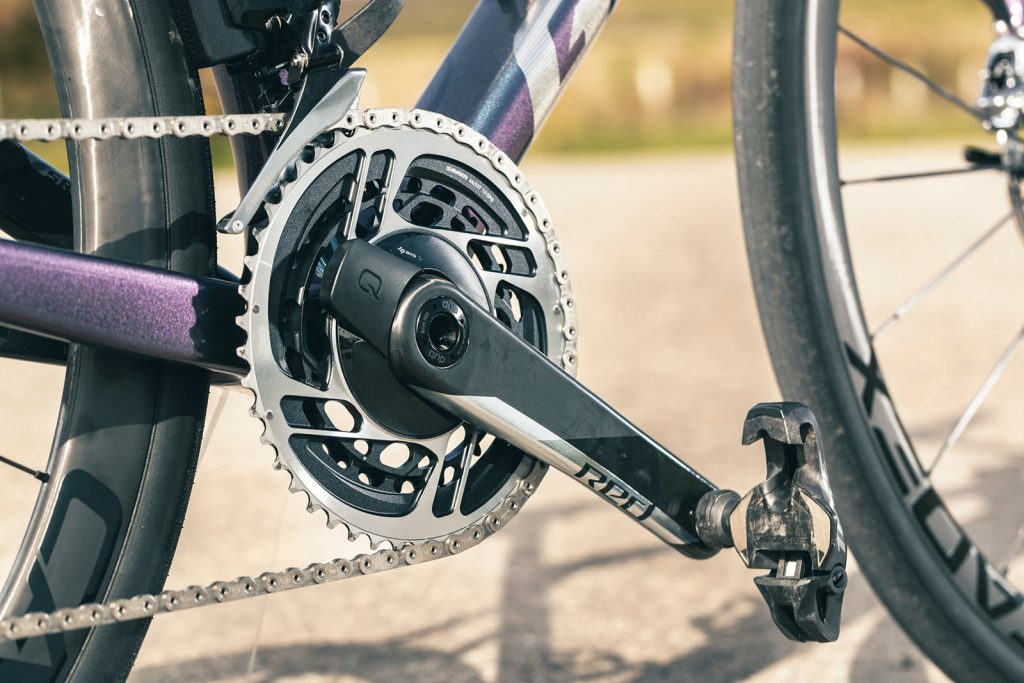Dehydration
Dehydration notably influences both heart rate and power output in the course of cycling. The reduced amount of water in the body leads to less blood that can be supplied to various organs. Heart rate increases to guarantee the necessary amount of oxygen. With regards to power output, dehydrated individuals tend to receive fewer resources for their muscle cells. It means that the elements critical for producing energy are extremely dependent on hydration to a point, reducing power output.
Influence on Heart Rate
The reduced level of water in the body causes a dehydrated cyclist’s heart rate to grow. A study on trained cyclists confirms the fact as the loss of weight due to sweating and insufficient water in the body equals 2%. It is associated with an approximate 5 bpm rise in heart rate when experimenters continue measuring.
Influence on Power Output
The study also demonstrates that cyclists receive about 6% less power output as they continue cycling in dehydrated conditions. The heart works harder to cope with the reduced blood supply in the context of heart rate. The muscles should be provided with hydration to ensure that a sufficient amount of enzymes and oxidative processes is enhanced for better energy production.
Examples of Practically Observable Effects
It means that every individual should stick to particular hydration measures to avoid heart rate abnormalities and power output reductions. Drinking isotonic sports drinks every 20 min in doses of 500 ml during physical activity allows maintaining the average power output in the optimal range. The heart rate can return to the average level, explaining how precious hydration can be to cyclists.
What All This Means and Why It Is Important
I believe that it is vital to maintain a certain level of hydration during cycling to acquire better power output and keep the average heart rate stable. Not all cyclists can precisely calculate what their heart rates were before and after a particular activity. Many people know how they should feel after a cafe or two-times promotional venue as their average power output levels might feel different. With the appropriate methods of hydration, it is possible to avoid the power drop of about 7% in physical output. The proposed solution fits the physiological reaction model and implies that the cycling performance can be retained within the optimal range by ensuring adequate amounts of liquids in the body.

Temperature Variations
The temperature variation directly impacts the heart rate and power output of cyclists. Hot and cold temperatures both make the body’s homeostasis to work harder, thus causing significant changes in performance metrics.
Effects of Heat on Performance
Heart rate increases in response to heat, as the body attempts to cool down through sweating and more extensive blood supply to the skin. This scenario diverts blood from active muscles, which means the muscles have less oxygen for aerobic metabolism. The body resorts to increase anaerobic metabolisms. In the case of a study conducted in a controlled environment at 35°C, the heart rate of a cyclist was increased by 10 beats per minute and the maximum power output of cyclists decreased by 15%.
Effects of Cold on Performance
The cold can affect cyclists’ performance as muscles become less elastic, leading to increased risk of injuries while also reducing mechanical efficiency. A heart rate monitor study reported that the average decrease in a cyclist’s heart rate in a temperature below 5°C, compared to temperate conditions is 6-8 beats per minute. However, in a separate muscle study, cyclists who had an average power output of 350 watts in temperate conditions managed only 75 watts due to stiffer muscle contractions and decreased neuromuscular effects.
Real-World
Cyclists can adapt to heat or cold through acclimation strategies and gear adjustments. In hot weather, cyclists need to wear white, light-colored, and open clothes, and use pre-cooling techniques, including drinking cold drinks or wearing ice vests. In cold weather, wearing layered and moist-efficient clothes that can still trap heat is crucial. A thermal image of cyclists using described techniques shows that the muscle remained in optimal temperatures and power output remained homogeneous.
Practical
On-the-site condition monitoring is useful to cyclists such that they know how to start on a well-hydrated body or a properly warmed body in cold or hot weather, respectively. Additionally, real-time data from heart rate monitors and power meters can assist slower cyclists in regulating their pace to avoid dangerous temperatures.
Altitude Effects
Altitude effects are essential for cyclists, as they have drastic impacts on heart rate and power output. Higher altitudes are associated with high elevation and a corresponding decrease in oxygen availability. Thus, the heart has to beat more times to maintain the pace with delivering enough oxygen to muscles. Moreover, power output is likely to decrease with aerobic energy production, not being as efficient. One is likely to observe the increased heart rate and a reduced power output within the first 2,500 meters or 8,200 feet.
Increased Heart Rate
The immediate effect of higher altitude is an increased heart rate. A recent study results in proper quantitative characteristics: at 2,500 meters average cyclist heart rate increased by 10-15% from the moist level. It seems relevant to note that the heart rate surge is purely the body’s ability to deliver the same amount of oxygen through the bloodstream. The less O2 in the air, the harder the heart works.
Power Output Reduction
Similar to my increased heart rate, one experienced a decrease in the power output. The recent study supports the claim: at 2,500 meters, the sample cyclist group power output reduced by 20%. This finding can be easily explained by the fact that my oxygen blood saturation was lower than at the sea level. My muscles could not perform as much high-intensity work without running out of oxygen and creating lactic acid.
Acclimation Techniques
One can use own time for training purposes to get accustomed to the altitude and enjoy the same effects at the actual competition. The process results in the increased efficiency of oxygen use and the increased red blood cell frequency. In practice, at returning to the lower altitude base after a three-week training at the high elevation, a cyclist is likely to perform 3-5% better. Real-world acclimation techniques are not limited to such approach but also include altitude tents and the organization of altitude training. To have a precise heart rate, effort level has to be sustained at a reasonable level, as one is not allowed to spent all energy in the first three days of high altitude due to potential altitude sickness.
Fatigue Levels
fatigue levels affect a cyclist’s heart rate and power output Fatigue is a common occurrence in long rides or races. In response to fatigue, various physiological and psychological responses occur, leading to a gradual decrease in cardiovascular efficiency as well as muscle power.
Heart Rate Response
When cyclists are fatigued, frequently, there is an observed increase in the heart rate of a rider at a particular exercise intensity commonly termed cardiac drift. It occurs as the body tries to maintain output while dealing with the dehydration and reduced blood volume affecting physical body fast. Otherwise put, as cyclists get fatigued, the body tries to maintain the output at the exercise level, but it cannot. For men who took part in a 3-hour steady test conducted continuously three hours at 202 watts, a steady increase of 5-10 beats per minute was observed.
Power Output Response
Fatigue leads to a decline in power output. At the same perception of effort, muscles do not produce the same wattage when fatigued. From the recorded tests of performance data, cyclists may experience a decrease of up to 15% of their 4-hour ride power out. It is as a result of the accumulation of metabolic byproducts like lactate, which accumulates in the bloodstream. A decrease in neuromuscular coordination, which is a sign of muscle fatigue, plays a role in decreasing the power.
Using what has been discussed about fatigue, it is possible to manage it through pacing strategies, nutrition, and hydration. Pacing strategies should ensure varying intensity levels minimizing energy reserves’ use or deficit. A rider’s consumption of carbohydrates and electrolytes ensures the maintenance of energy levels. A high daily intake of water is critical in curbing the reduced effect on power output. Cyclists can use recovery techniques, including post-ride stretching, massage, and enough nutrients to enable them to resume recovery fast and for their next phase of cycling.
Caffeine Intake
Taking caffeine is a widely known ergogenic aid in sports which substantially affects both heart rate and power output in cycling. Its stimulant properties may facilitate the increase in performance, as it boosts wakefulness and counteracts the sense of strain.

Cardiovascular response to caffeine
It must be noted that caffeine does have a pronounced arousing effect on the heart rate, as a consequence of its stimulating effect on the central nervous system. Research suggests that a moderate dose of caffeine might increase a cyclist’s heart rate by 3-7 beats per minute in the first instance of exercise, thus assisting in the maintenance of blood flow to the muscles, and hence the supply of oxygen. This would be of help at higher velocities, which are usually maintained under such events.
Boosting power output
In terms of power output, applied in increase performance, it is noted that caffeine is known to provide cyclists with a better endurance and facilitate the postponement of fatigue, hence enabling an increase in output during a longer period. As Dragila states, a trial of caffeine intake in time-trial performance demonstrated that cyclists who took caffeine before a ride improved their average power output by 5%. The stimulant enhances muscle contraction, thus achieving a more efficient cycle of power production through an extra release of calcium in the muscles.
Practical dosage and timing
The best dose of caffeine taken for cycling performance is in the range of 3 to 6 mg per kg bodyweight, about an hour before a ride. A 70 kg rider would take around 210 to 420 mg of caffeine, which can be equal to two or four standard cups of coffee. Taking the substance a bit longer before exercising may also produce the majority of heightened blood concentration exactly within the event. Many riders who experiment with caffeine often provide themselves with infusions during events by colouring drinks or taking caffeinated gels to remain alert and strong. In any case, it is vital to exercise the use of caffeine during regular practices to understand what the optimal sloth and upper doses are, or overly big doses might be linked to the complaint of heart palpitations.
Body Position Changes
Changes in body position play a significant role in the effect exerted on a cyclist’s heart rate and power output.
In this context, it is important to note that this adjustment is critical for optimizing the positions connected with the level of efficiency in terms of aerodynamic drag debated in the scenario. An adjustment of the body position can lead to a significant reduction of wind resistance impacting a cyclist’s heart rate and power output. When a cyclist using an upright position opts for the more aerodynamic one, time-trial position, it reduces aerodynamic drag by 15%. It is possible to maintain the same speed using less power characterizing a lower heart rate. In addition to reduced exertion, changes in body position have an effect mediated by muscle engagement, as “more efficient power production is the result of better quadriceps and gluteal muscle engagement when hips are optimally angled below the torso”.
One of the practical examples which illustrate this issue in action is the track cycling illustrating changing body position adds to the efficiency of heart rate and power output due to beneficial effects in relation between aerodynamics and plankton. Notably, in the track part of the race Segments, riders should sprint and lower torso to the handlebars “to reduce drag and achieve maximum speed”. Changes in body position impact on both the power output per heartbeat and the speed of the vehicles involved in the race, together with meters of cadence and power indicating a rise in both readings during lower positions.
Some of the many practical examples of the application of these strategies include a more upright position adopted in the process of climbing helps provide for the extensive capacity in relation to breathing, as well as engage other muscle groups in the process. The heart rate can rise slightly, but it does not result in the exhaustion of the power outage necessary for optimal climbing of the steep road section. In the process of descending from the pass, some of the most effective changes in position include crouching to reduce the drag tendon of the muscles supporting the torso. This has an impact on the relationship facilitated in the scenario by riding and power output characteristics, resulting in a slightly lower heart rate for the same speed achieved by the descenders.





